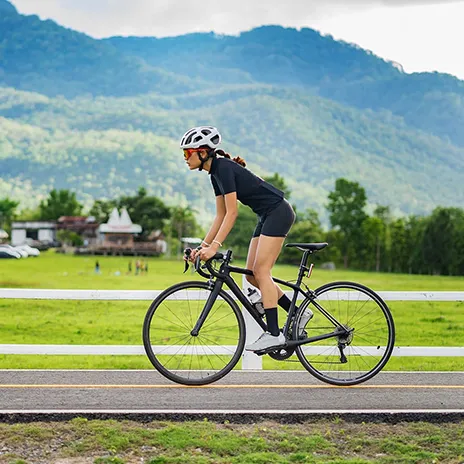
- Afrikaans
- Albanian
- Amharic
- Arabic
- Armenian
- Azerbaijani
- Basque
- Belarusian
- Bengali
- Bosnian
- Bulgarian
- Catalan
- Cebuano
- Corsican
- Croatian
- Czech
- Danish
- Dutch
- English
- Esperanto
- Estonian
- Finnish
- French
- Frisian
- Galician
- Georgian
- German
- Greek
- Gujarati
- Haitian Creole
- hausa
- hawaiian
- Hebrew
- Hindi
- Miao
- Hungarian
- Icelandic
- igbo
- Indonesian
- irish
- Italian
- Japanese
- Javanese
- Kannada
- kazakh
- Khmer
- Rwandese
- Korean
- Kurdish
- Kyrgyz
- Lao
- Latin
- Latvian
- Lithuanian
- Luxembourgish
- Macedonian
- Malgashi
- Malay
- Malayalam
- Maltese
- Maori
- Marathi
- Mongolian
- Myanmar
- Nepali
- Norwegian
- Norwegian
- Occitan
- Pashto
- Persian
- Polish
- Portuguese
- Punjabi
- Romanian
- Russian
- Samoan
- Scottish Gaelic
- Serbian
- Sesotho
- Shona
- Sindhi
- Sinhala
- Slovak
- Slovenian
- Somali
- Spanish
- Sundanese
- Swahili
- Swedish
- Tagalog
- Tajik
- Tamil
- Tatar
- Telugu
- Thai
- Turkish
- Turkmen
- Ukrainian
- Urdu
- Uighur
- Uzbek
- Vietnamese
- Welsh
- Bantu
- Yiddish
- Yoruba
- Zulu
Nov . 16, 2024 23:46 Back to list
Choosing the Right Mountain Bike Size for Optimal Comfort and Performance
The Essential Guide to Mountain Bike Sizing
Choosing the right mountain bike size is crucial for an enjoyable and safe riding experience. A properly sized bike enhances comfort, control, and efficiency while minimizing the risk of injury. This article provides a comprehensive overview of mountain bike sizing, helping you make an informed decision.
Understanding Frame Sizes
Mountain bike frames come in various sizes, typically classified as small, medium, large, and extra-large. The frame size is primarily determined by the length of the top tube, which impacts the rider's reach. Different brands may have slightly different standards, so it's important to consult the specific sizing chart for the brand you are considering.
Key Measurements
1. Inseam Measurement Measure your inseam by standing barefoot with your back against a wall, and placing a book between your legs. Record the measurement from the floor to the top of the book. This measurement helps determine the appropriate frame size.
2. Height Your overall height is an essential factor in bike sizing. Taller individuals generally require larger frames, while shorter individuals will benefit from smaller sizes.
3. Reach and Standover Height Ensure that you can comfortably reach the handlebars when sitting on the bike. Standover height is the distance between the ground and the top tube of the frame. A good rule of thumb is to have 1-2 inches of clearance when standing over the top tube.
mountain bike sizing

Sizing Charts
Most manufacturers provide sizing charts that correlate a rider's height and inseam measurement to recommended frame sizes. It is advisable to refer to these charts for exact specifications. However, personal preference also plays a role some riders may prefer a slightly smaller bike for more maneuverability, while others may choose a larger frame for stability at high speeds.
Test Ride
One of the best ways to determine the right size is to take a few test rides. This allows you to feel the bike's handling and make adjustments as needed. Pay attention to how the bike feels while cornering, climbing, and descending. Ask yourself if you feel in control and comfortable, as your feedback during the ride is invaluable.
Adjustments
After determining your size, you can further customize your bike fit with adjustments to the saddle height and handlebar position. A properly adjusted bike will help you achieve better power transfer when pedaling and a more comfortable riding posture.
Conclusion
Selecting the right mountain bike size is a critical step in ensuring a pleasurable riding experience. Take the time to accurately measure yourself, consult sizing charts, and test ride several options. The right fit can make all the difference, allowing you to tackle trails confidently and with joy. Happy riding!
-
The Ultimate Kids' Four-Wheeler Experience
NewsJul.09,2025
-
The Ultimate Guide to Mountain Bikes: Gear Up for Your Ride
NewsJul.09,2025
-
The New Age of Cycling: Electric Bikes for Every Rider
NewsJul.09,2025
-
The Best Kids Bicycles: Ride in Style and Safety
NewsJul.09,2025
-
The Best 3-Wheel Scooters for Kids: Fun, Safety, and Adventure
NewsJul.09,2025
-
Revolutionize Your Ride: Affordable Electric Bikes
NewsJul.09,2025
-
Finding the Perfect Mountain Bike for Every Rider
NewsJul.09,2025



